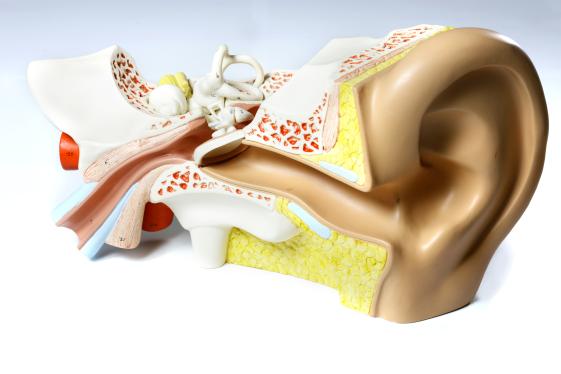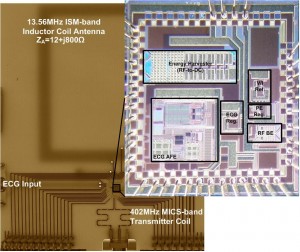![Damaged situation of the middle and inner ear; hair cells are damaged or non-existent, nerve cells are not fully developed or do not reach the cochlea [3].](http://bme.weblog.tudelft.nl/files/2015/03/damaged_inner_ear-300x244.jpg)
Damaged situation of the middle and inner ear; hair cells are damaged or non-existent, nerve cells are not fully developed or do not reach the cochlea [3].
In this essay, by Ide Swager, MSc student in bioelectronics, an overview of current and future developments in implantable hearing devices is presented. It has been written as part of the course Introduction to Microelectronics for the M.Sc. track Microelectronics of the faculty Electrical Engineering, Mathematics and Computer Science of Delft University of Technology. A brief version of the auditory anatomy is included to clarify the causes of deafness. After elaborating on the current devices available and the basic working principle, future trends are explored. These include Neural Response Telemetry (NRT), combined Acoustic and Electric Stimulation (EAS) and binaural devices.
Read the full essay here: http://elca.et.tudelft.nl/~wout/tmp/iswager_essay.pdf




